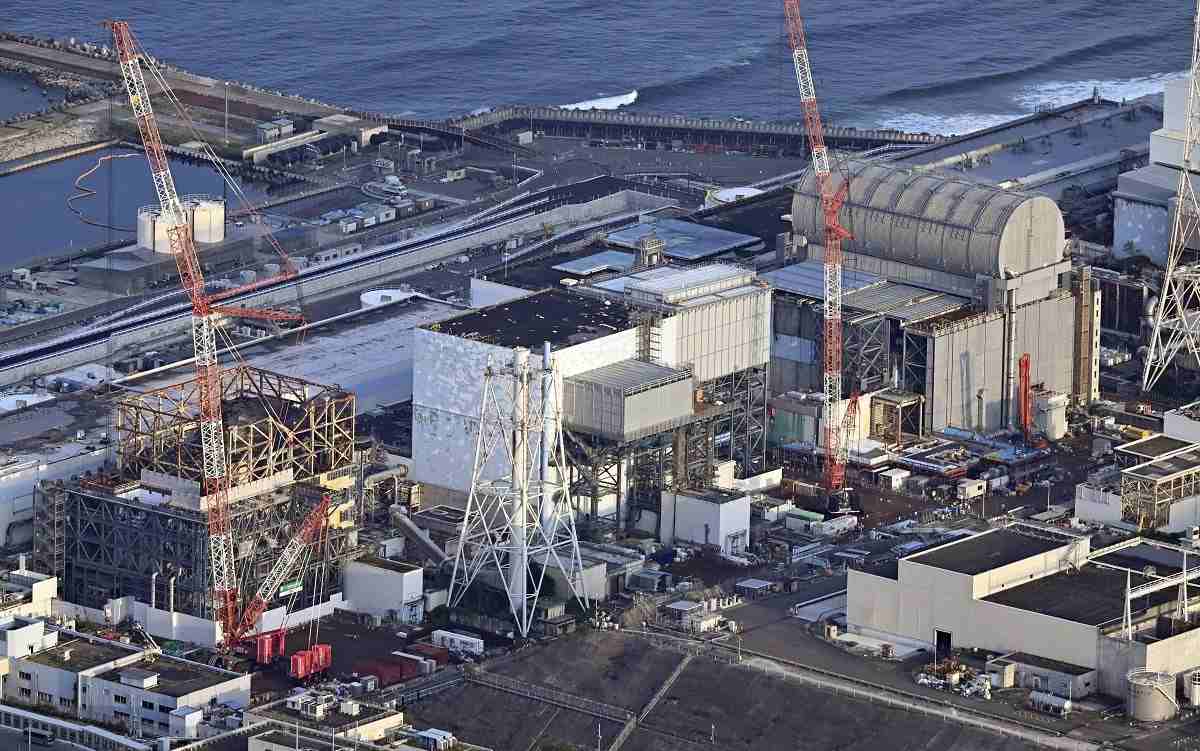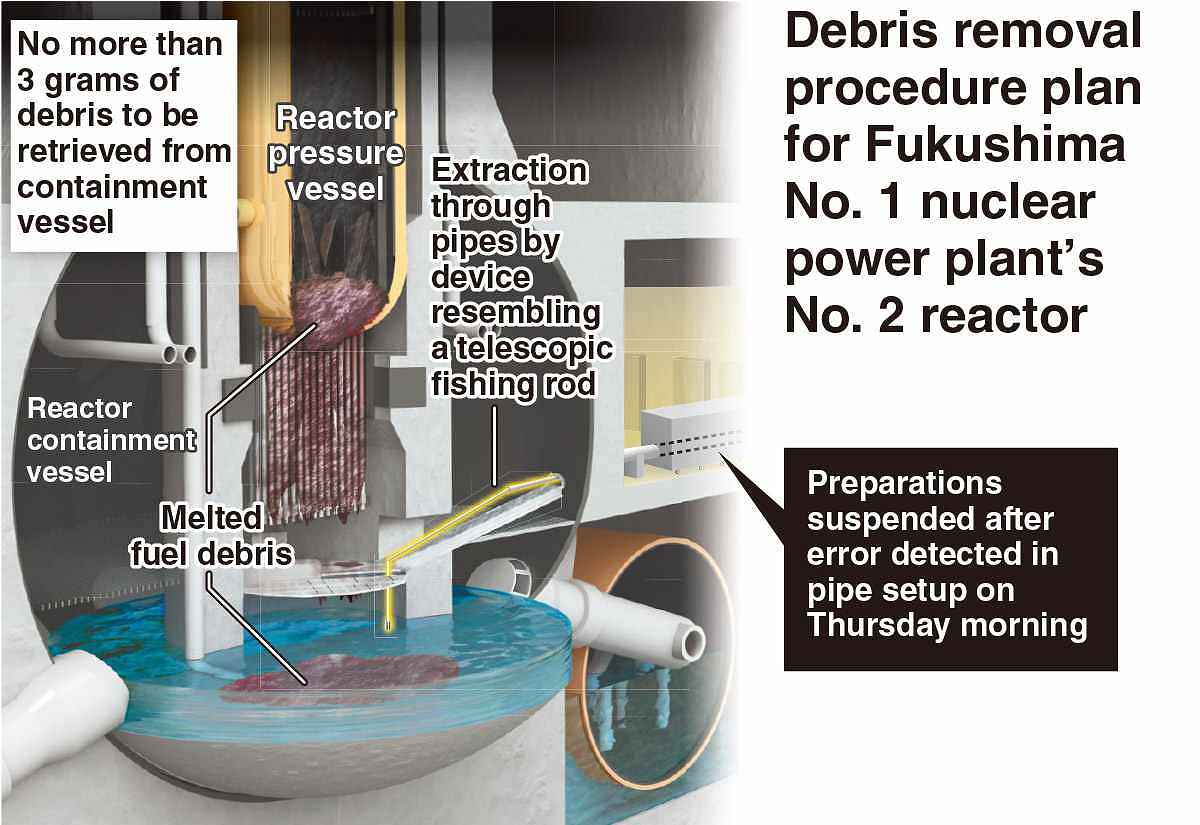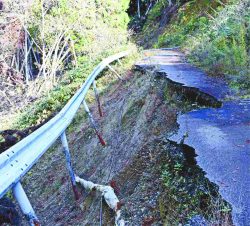Fukushima Nuclear Plant’s Debris Extraction Halted;Error Found In Preparation to Remove Melted Fuel

Tokyo Electric Power Company Holdings, Inc.’s No. 2 reactor at the Fukushima No. 1 nuclear plant in Okuma, Fukushima Prefecture
17:40 JST, August 22, 2024
Tokyo Electric Power Company Holdings, Inc. suspended work on a trial extraction of melted fuel debris from the No. 2 reactor at the Fukushima No. 1 nuclear power plant Thursday due to an error in preparatory procedures.
TEPCO said the operation was halted soon after its start Thursday morning as there was an error in preparations to insert a device for the extraction into the reactor’s containment vessel.
The work for the extraction is expected to be resumed as early as Friday.
This is the first extraction attempt since the March 2011 accident. If successful, the operation will mark a new phase in the decommissioning process. The government and TEPCO are aiming for the decommissioning of the plant to be completed by 2051 at the latest.

On Thursday, preparation for the extraction started at 7:24 a.m. TEPCO had planned to open a valve between the inside and the outside of the containment vessel, and insert a device resembling a fishing rod that is designed to extend up to 22 meters into the vessel. However the operation was halted after it was discovered there was an error in the way of connecting the pipes that would be used to insert the device into the vessel.
In response to the development, TEPCO President Tomoaki Kobayakawa said Thursday that TEPCO will clarify the causes of the trouble and implement sufficient countermeasures.
“Debris removal is the most important task in the decommissioning process and must be done in a precise manner. Rather than cause a major problem by hurrying, it is important to proceed with the operation safely,” Kobayakawa said at a press conference in Kashiwazaki, Niigata Prefecture.
Debris removal is considered the most difficult part of the decommissioning process. The government and TEPCO had originally planned to begin a test removal of debris in 2021. But the operation has been postponed three times after it turned out, for instance, that it was difficult to pass a device — different from the one to be used in the latest effort — into the vessel through a narrow gap.
The debris was formed during the meltdown in the 2011 accident, when it mixed with metals and other materials inside the reactor. It is estimated that about 880 tons of debris remains across the Nos. 1 to 3 reactors.
In the trial extraction, TEPCO plans to collect up to 3 grams of debris by using a claw at the tip of the fishing-rod like device. A remote-controlled device will be used for most of the work since the radiation levels of the debris are extremely high
"Society" POPULAR ARTICLE
-

M4.9 Earthquake Hits Tokyo, Neighboring Prefectures
-

Israeli Tourists Refused Accommodation at Hotel in Japan’s Nagano Pref., Prompting Protest by Israeli Embassy and Probe by Prefecture
-

M7.5 Earthquake Hits Northern Japan; Tsunami Waves Observed in Hokkaido, Aomori and Iwate Prefectures
-

Tsukiji Market Urges Tourists to Avoid Visiting in Year-End
-

M5.7 Earthquake Hits Japan’s Kumamoto Pref., Measuring Upper 5 Intensity, No Tsunami Expected
JN ACCESS RANKING
-

Keidanren Chairman Yoshinobu Tsutsui Visits Kashiwazaki-Kariwa Nuclear Power Plant; Inspects New Emergency Safety System
-

Tokyo Economic Security Forum to Hold Inaugural Meeting Amid Tense Global Environment
-

Imports of Rare Earths from China Facing Delays, May Be Caused by Deterioration of Japan-China Relations
-

University of Tokyo Professor Discusses Japanese Economic Security in Interview Ahead of Forum
-

Japan Pulls out of Vietnam Nuclear Project, Complicating Hanoi’s Power Plans
























